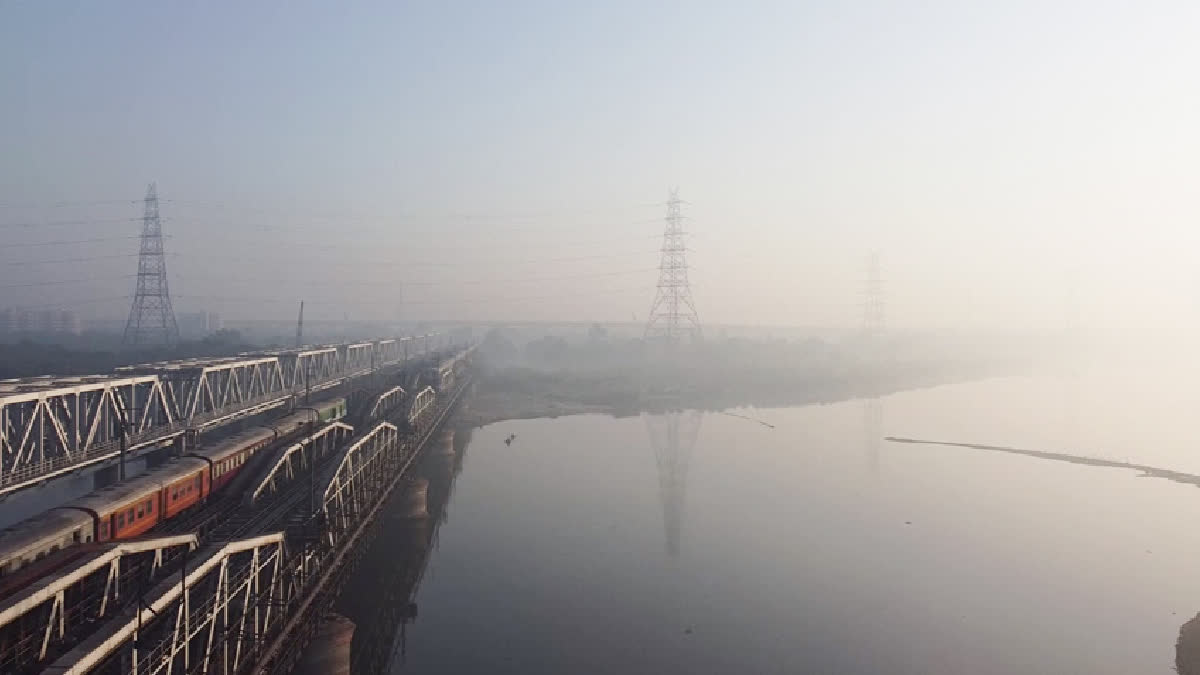New Delhi:Delhi’s air quality worsened further on Monday, with the average Air Quality Index (AQI) recorded at 308, placing it firmly in the ‘very poor’ category. This marks a significant deterioration from Saturday’s AQI of 233. The city had last experienced ‘very poor’ air quality on November 30, with an AQI reading of 346.
The city’s 38 air quality monitoring stations painted a grim picture, with 23 reporting ‘very poor’ air quality on Sunday, compared to only two on Saturday. Additionally, 13 stations reported ‘poor’ air quality, while the rest recorded it in the ‘moderate’ range.
Rising Pollution Amid Drizzle
Despite light rain in parts of Delhi, including West Delhi, Outer North Delhi, and Gurugram, pollution levels remained high. The PM10 concentration was recorded at 249 and PM2.5 at 134.4 on Sunday evening. These fine particulate matters are particularly hazardous as they can penetrate deep into the lungs, causing long-term health issues.
"The drizzle might provide temporary relief, but the high pollution levels are a reminder of the ongoing air quality crisis," said Dr. Ramesh Kumar, a pulmonologist at a city hospital.
Weather Forecast and Impact
The India Meteorological Department (IMD) attributed the rain to a Western Disturbance over North Rajasthan. “Light rainfall in Delhi-NCR is likely under the influence of these systems,” said an IMD official. The department also predicted more rain in isolated areas, including Rajouri Garden, Patel Nagar, and parts of the National Capital Region (NCR), which could help improve air quality slightly.
However, Delhi is set to experience a sharp drop in temperatures, with the mercury expected to plummet to around 3°C by December 10. This marks the onset of a cold wave that will grip northern India, including Punjab, Haryana, and Uttar Pradesh, until December 14.
“The combination of high pollution levels and dropping temperatures is concerning. Cold weather traps pollutants closer to the ground, making the air even more toxic,” said environment student Anjali Sharma. Despite some improvement in air quality earlier this month, the recent spike in pollution levels has reignited concerns about public health and sustainability. Experts are urging authorities to implement stricter measures to curb pollution.
“The government needs to take immediate action, such as limiting industrial emissions and vehicular pollution. Citizens also need to adopt eco-friendly practices,” said local resident, Rajiv Sinha.
According to the Central Pollution Control Board (CPCB), AQI levels are categorised as follows: 0-50 is ‘good,’ 51-100 ‘satisfactory,’ 101-200 ‘moderate,’ 201-300 ‘poor,’ 301-400 ‘very poor,’ and above 400 is ‘severe.’ The ‘very poor’ category poses serious health risks, especially for vulnerable populations like children, the elderly, and those with respiratory issues.
As the capital braces for colder weather and fluctuating air quality, residents are advised to take precautions, including using air purifiers indoors and avoiding outdoor activities during peak pollution hours.
